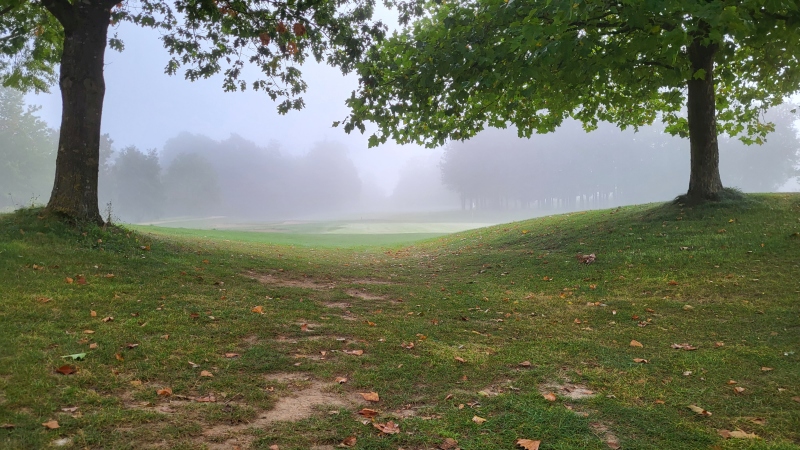While leading a mindfulness workshop I was using a golf metaphor to describe the way an internal dialog can impact one’s actions.
A solution-oriented participant jumped up and shared ideas on the mechanics related to the golf swing. In his mind, he had found a relevant solution to solve whatever issue I had used to describe the internal dialogue.
A more problem-oriented participant regularly chimed in with leadership challenges he was encountering, asking us to address them more in-depth during the workshop.
Their contributions helped us learn more about our individual approach to mindfulness. As we were discussing ways to access information in the here and now and be mindful. Both of them, in their respective ways, were helping us see how in their effort to solve issues of interest to them they moved into their preferred location in time.
The problem-oriented person was stepping into her experience to seek solutions. In doing so he regularly went back in time to find some experience he thought adapted to the topic we were addressing. For him, the work was about going back in time to work on enhancing his skills for the future.
The solution-oriented person noticed an apparent problem and, to solve it, stepped into providing arguments or solutions he believed to be helpful. In his solution orientation, he was mainly focused on the future and less so in the past or present moment.
Naturally, both of them were seeing themselves span their thinking over past, present, and future. But neither of them had the present in the foreground. For them the resulting picture was one showing their experience combined with their views on the future, depending on their preference, either the past or future were in the foreground and the other in the background.
What both found hard to do was to use the data available in the here and now to draw a picture of the situation. That is, one that would have only needed to be enhanced with their experience and ideas for the future.
It’s a challenge leaders frequently experience. Some find it hard to describe for themselves what vision they are using. Others find themselves challenged to use their experience to remember how it can help them reach the place they imagine.
By moving either to the future or the past, they seek to release the tension they experience when the here and now doesn’t immediately answer their need to understand the situation.


